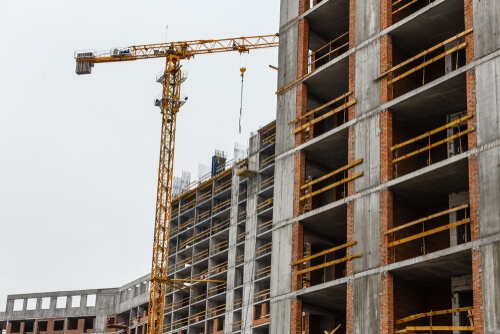On 20 January 2020 the government delivered a building safety update to the House of Commons and published consolidated advice for owners of multi-storey, multi-occupied buildings.
The consolidated advice draws together the previous 22 advice notes and makes it clear that owners of buildings under 18m have equal responsibility to ensure those buildings are “safe”.
Obligations on “building owners”
“Building owners” are those responsible for a building. It may be the employer / freeholder / long leaseholder / management company.
In respect of external walls and attachments to the same, the government says this means all building owners must check that the external walls only contain materials of limited combustibility or demonstrate via appropriate tests that the materials used in the external walls meet the necessary standards.
The government also says building owners should review wider safety measures relating to external walls as part of their fire risk assessment for the whole of the building.
Further expected updates
The government intends to introduce a Fire Safety Bill to “clarify” that the above forms part of the existing requirements under the Regulatory Reform (Fire Safety) Order 2005 as soon as possible. A Fire Safety Bill and introduction of a new regulator is imminent.
The government also intends to introduce a new category of duty holder either under the Fire Safety Order or as part of Health & Safety legislation, who will be responsible for certifying the safety of existing buildings.
As part of the above the government is calling for views on fire risks and risk prioritisation in existing buildings and innovative ideas on how to categorise buildings based on a broader understanding of risk. The consultation closes on Monday 17 February 2020.
We anticipate legislation will be tabled within the next few months, along with other reforms to Building Regulations.
Demonstrating compliance now
For new residential buildings of 18 m or more or where building work is carried out on existing residential buildings of 18 m or more there is an effective ban on the use of combustible materials in external walls and specified attachments (i.e. balconies). That ban does not yet apply to all buildings. For buildings over 18m that are under construction or being refurbished our advice is to ensure, as far as practicable, that the works comply with the new or restated standards. If that is not possible, building owners will need to work with their construction teams and building control to ensure the works can be signed off in a way that is acceptable to surveyors, purchasers, lenders and insurers for example by evidencing via a fire engineering report that the risk is minimal. Failure to comply may mean the units cannot be sold, charged or let.
Owners of tall buildings that are (a) complete (b) practically complete (c) in construction have in recent times been discharging their obligations by providing letters from their design and construction teams confirming the building is constructed or is being constructed using materials that are of limited combustibility or that have achieved BR135 classification via a BS8414 test.
However, Lenders had become increasingly concerned about the lack of consist approach and the fact that more and more defects were being discovered in the external walls of existing buildings.
On 16 December RICS, the Building Societies Association and UK Finance (representing its Lender members) published Form EWS1: External Wall fire Review. The form is intended to record “in a consistent manner what assessment has been carried out for the external wall construction of residential apartment buildings where the highest floor is 18m or more above ground level or where specific concerns exist” (our emphasis).
EWS1 provides a process to be followed, in order to alleviate Lender concerns.
EWS1 Option A is appropriate for external walls that are unlikely to support combustion. Option B is appropriate where there are some combustible materials.
The government advice does not say that EWS1 must be completed to demonstrate compliance but it acknowledges the existence of the form. In our experience the market now insists that an EWS1 is produced to prove building owners have discharged their obligations.



